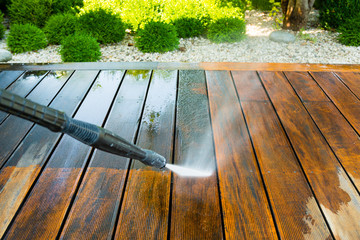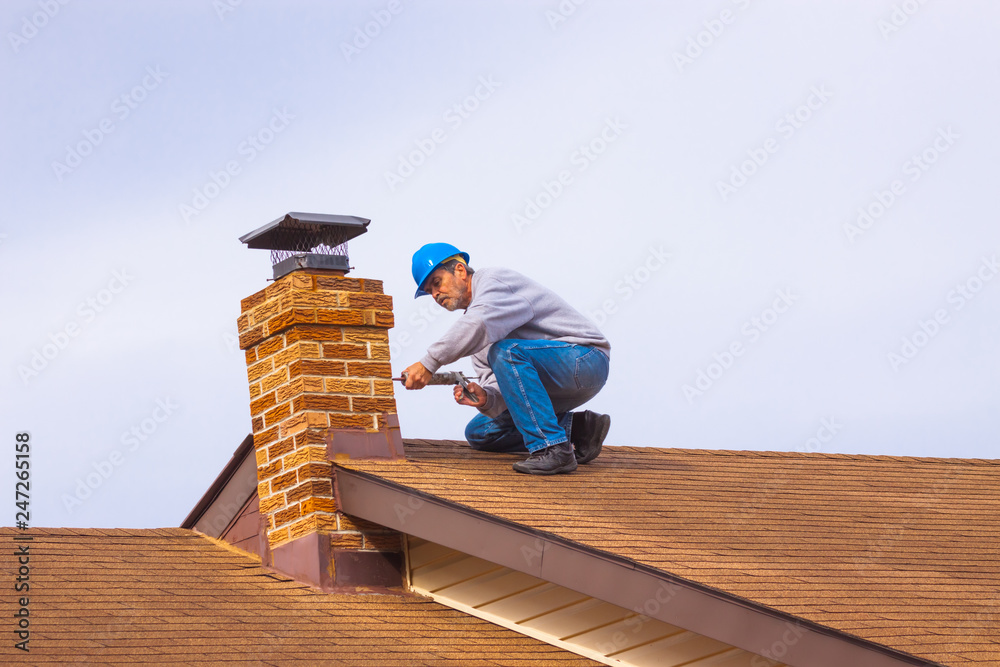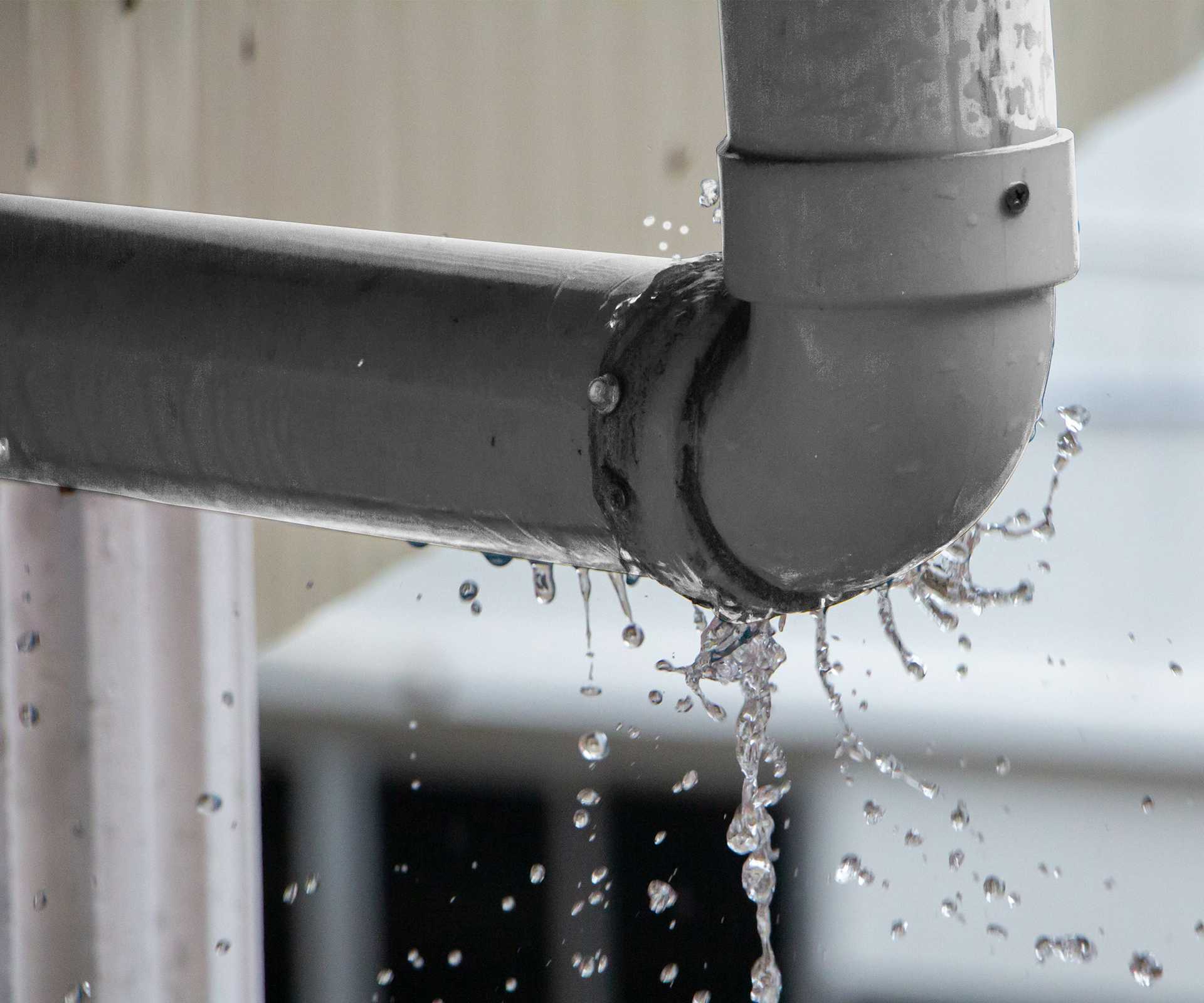Austin Pressure Washing is a quick, effective way to remove dirt and debris from many outdoor surfaces. This cleaning method is perfect for driveways, sidewalks, patios, decks, and siding.
It’s important to choose the correct nozzle and pressure setting for your surface type. This will prevent damage to the surface and avoid injuries for you or those around you.
The goal of pressure washing is to remove dirt and debris from surfaces that are not easily cleaned with a hose or broom. In addition, the process of cleaning helps to prevent future build-up and maintain a longer life for those surfaces. The cleaning process is especially useful for surfaces that are prone to dirt and grime, like driveways, sidewalks, patios, decks, and fences.
In addition, pressure washing is great for dislodging deeply ingrained dirt and mildew, which can be difficult to reach with other methods. Pressure washing is also a necessity before painting, as it helps to prepare the surface and will make it much easier for the paint to adhere.
If left untreated, mold, mildew, algae, and other unwanted organisms can cause serious damage to surfaces such as wood, brick, vinyl, and stucco. They can also deteriorate the exterior of your home, leading to structural issues and costly repairs. Regular pressure washing helps to keep these organisms at bay, extending the life of your outdoor spaces and improving your property’s curb appeal.
A well-maintained home and commercial property are attractive to potential buyers, increasing the value of your home or business. In addition, a clean exterior helps to prevent accidents and creates a safer environment for your family or employees. Regular pressure washing also extends the lifespan of your roof and exterior surfaces, saving you money on costly replacements.
Using a pressure washer requires special training and the proper equipment to avoid accidental damage. A professional can help you choose the right setting for your specific needs and provide guidance on how to properly operate a pressure washer machine.
Before you get started, be sure to shut off the power and any electrical outlets near the surface you are planning to pressure wash. It’s also a good idea to cover any plants, flowers, or other delicate items nearby with tarps or plastic. It’s important to remember that the high-pressure water from a pressure washer can cause damage to concrete, brick, and some types of wood, so it’s best not to touch these surfaces while washing.
Prevents Damage
Many surfaces are prone to degradation over time due to environmental factors, which can lead to costly repairs or replacement. Regular cleaning with a pressure washer prevents this from happening, protecting your property and increasing its lifespan.
Dirt, mildew, and other harmful substances eat away at surface coatings like paint and concrete sealant, leaving the underlying materials vulnerable to damage. Pressure washing removes these substances before they cause any lasting damage, extending the life of your building or outdoor fixtures.
Mold and mildew can erode building materials over time, weakening them and potentially causing structural problems. A thorough cleaning with a high-pressure washer removes these contaminants and protects the integrity of your structure, preventing expensive repairs and replacements down the line.
Cleaning your property regularly with a pressure washer removes allergens like dust and pollen, making it a healthier place to live or work. This is especially important for those with respiratory issues or allergies, as these substances can exacerbate their symptoms.
Choosing the right nozzle and setting for your cleaning job is essential to ensure that it’s done safely and effectively. It’s also important to keep a safe distance between the nozzle and the surface being cleaned. Using too much pressure or aiming at the wrong angle can damage surfaces like brick or concrete. Choosing the right nozzle for your cleaning job and following the recommended settings for your machine will help you avoid this type of damage.
Pressure washing is an affordable way to maintain your home or business’s exterior and boosts curb appeal. A clean exterior can make a great first impression and increase your property value when it’s time to sell. For a stress-free and effective way to maintain your property’s exterior, book reliable, skilled handymen with Home Gnome today! We connect you with qualified professionals in seconds. Whether you need help cleaning up a mess, fixing a leaky roof, or renovating a room, we have the right handymen for the job. All our services are backed by our Home Guarantee, so you can relax knowing the job will get done properly and on budget.
Saves Money
When dirt, mildew, moss and lichens settle on a home’s exterior, they can lead to costly deterioration. Regular pressure washing by trained professionals prevents this damage and can save homeowners money on expensive repairs.
Incorporating professional pressure washing into routine maintenance can also help homeowners save on energy costs. Dirt and debris obstruct natural sunlight from entering homes, which forces air conditioning systems to work harder. Pressure washing removes these layers and allows sunlight to penetrate, helping homes stay cooler in the summer.
As a result, homeowners can expect to see lower energy bills throughout the year. Pressure washing is also an effective way to identify underlying problems and make necessary repairs, which can save homeowners money on future services. For example, a dirty roof can become weakened by algae and moss, which will require a costly replacement.
A professional’s experience with high-end equipment and techniques also helps to prevent costly mistakes, such as using too much pressure and damaging surfaces. These blunders can be especially expensive when they are done on delicate materials like wood, vinyl siding and glass.
Unlike traditional cleaning methods, pressure washing uses a high-velocity water stream that cleans without the use of chemicals or brushes. This method is also eco-friendly and safe for delicate surfaces, including some roofing materials and stucco. Most commercial-grade pressure washers have a number of different nozzles that control the force of the spray. The most powerful nozzle is usually red, with a maximum velocity of about 2,000 PSI. The next nozzle is usually yellow, with a maximum velocity of about 1,500 PSI. The third and most gentle nozzle is white, with a maximum velocity of about 500 PSI.
Professionally trained and experienced technicians know how to control the force of the water stream to safely and effectively clean all types of surfaces. They also have the knowledge and expertise to select the right nozzles for the job and are aware of the best settings for each type of surface. In addition, they know how to operate and maintain the equipment properly to ensure it is in peak working condition.
Saves Time
Pressure washing is a time-saving cleaning technique that eliminates the need for elbow grease. It is fast and easy to set up, requiring only a water hose and either a gas or electric-powered pump to power it. The nozzle on the pressure washer is then directed toward surfaces in need of cleaning, blasting away stubborn dirt and grime with the force of high-powered water jets. This eliminates the need for manual scrubbing, saving you hours of hard work and pain in your back and joints.
The process is safe for a variety of exterior surfaces, including wood, brick, concrete, and asphalt, and it can remove many of the same contaminants that soft washing does, such as mold, mildew, debris, dust, moss, pollen, and rust. It also can be used in conjunction with cleaning solutions and detergents to break up more difficult stains.
Dirt, mildew, and other contaminants can damage a home or commercial building’s exterior over time, resulting in structural damage, wood rot, and unsightly stains. Regularly cleaning these surfaces with a power washer can extend their lifespan and prevent future costly repairs.
Pressure-washing before a paint job can help ensure that the surface is free of moisture, ensuring that the new coat of paint will adhere properly and last longer. Pressure washing is also a great tool for preparing surfaces for renovations or other projects that involve staining or painting.
A clean, beautiful exterior can boost your curb appeal and potentially increase your home’s value. When prospective buyers see your home is in good condition, they are more likely to offer top dollar.
A dirty exterior can also contribute to poor indoor air quality and create health issues for you and your family. Mold and mildew can trigger respiratory problems, while dirt, dust, and pollen can aggravate allergies. A thorough cleaning with a professional power washer eliminates these invisible enemies, creating a healthier living environment and protecting the health of your family.







